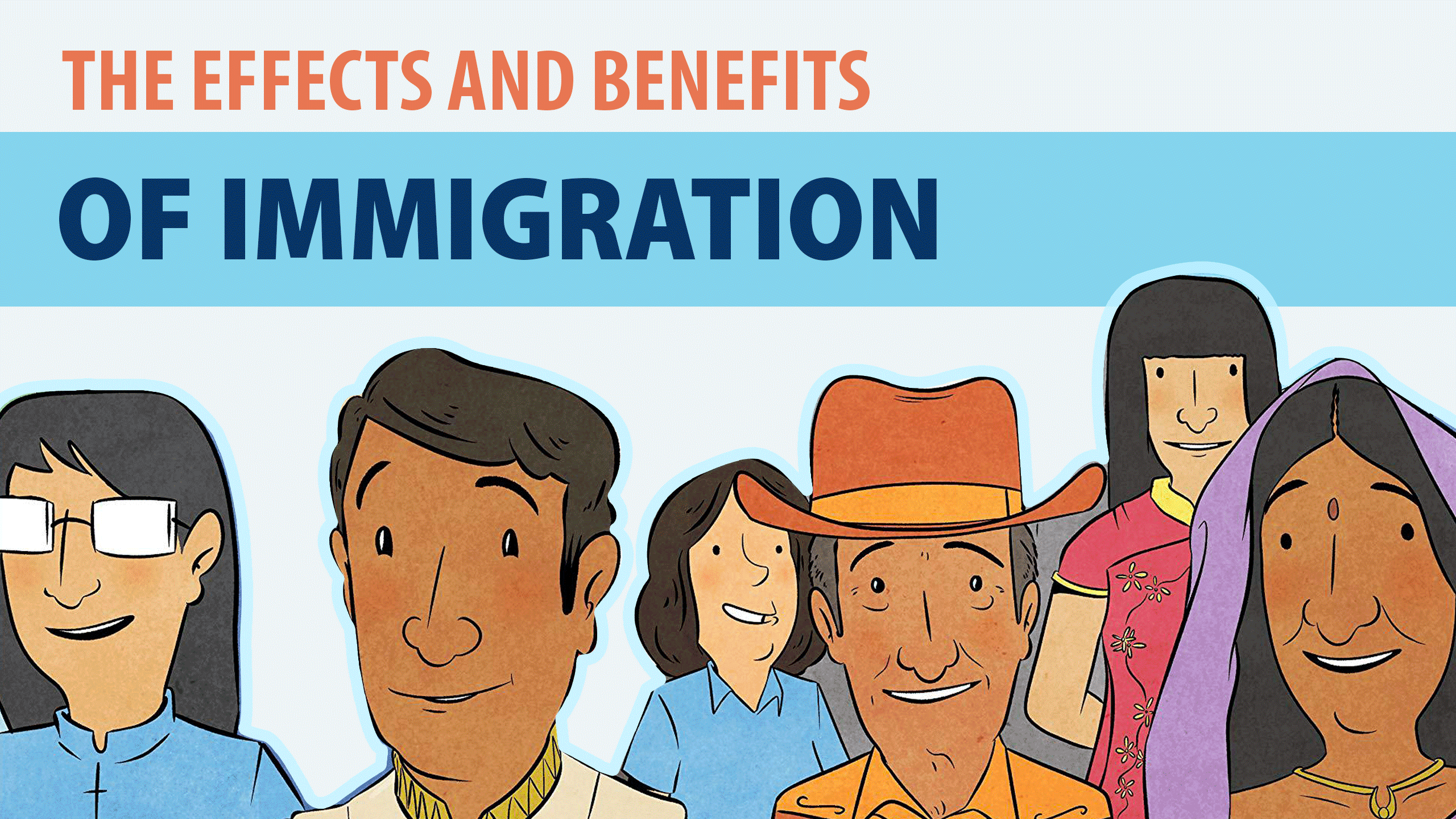About this videoRobert J. Barro begins this presentation by explaining the impact that the taxes imposed by governments at different times in history have had on the country's economy, specifically on its GDP and consumer spending. Using the U.S. as an example, he explains how governments change tax rates depending on the situation the country is in and its current needs. He distinguishes between two types of government expenditures: defense and non-defense spending. Barro also discusses how these expenditures influence the economy differently and the multiplier effect identified by John Maynard Keynes decades ago. He then focuses on macroeconomic disasters such as depressions and stock-market crashes. After defining these two concepts, he uses long-term OECD economic data to illustrate how different countries were affected by these disasters. Finally, Barro demonstrates how depressions and stock-market crashes are related and how they affect short- and long-term outcomes. |
|
CreditsDisasters and Rare Macroeconomic Events | |










